Buckingham Palace tourists can enjoy balcony view for first time
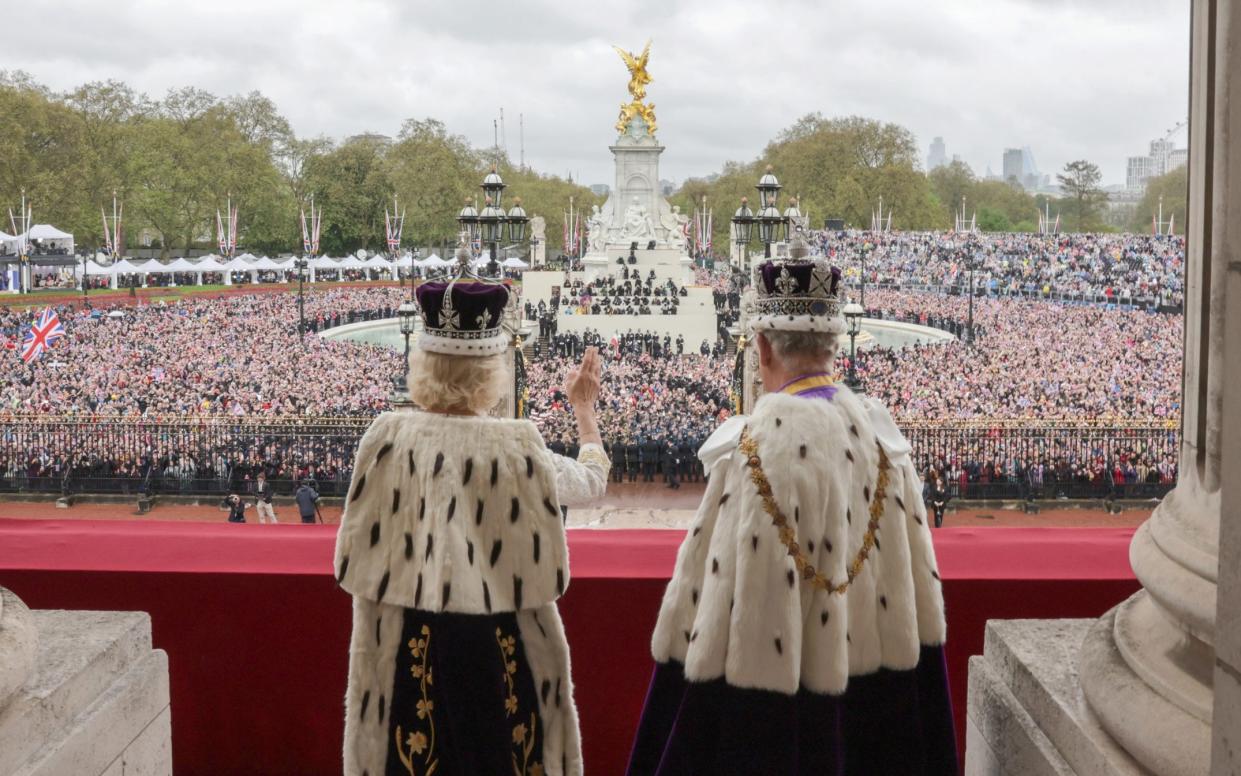
The image of the Royal family waving from the Buckingham Palace balcony to the crowds below is embedded in the national conscience.
Now, for the first time, members of the public will have the chance to witness the view from the royals’ perspective as the East Wing of the palace is opened to visitors.
Guided tours will take in the Centre Room, which leads on to the balcony.
Although there is no access to the balcony itself, visitors will be able to peek through the net curtains to experience the view that the King and Queen enjoy as they wave to the crowds on the Mall.
A palace insider said: “Visitors won’t be able to step out onto the balcony but they will certainly experience the impact and the atmosphere of that room, as well as the view from the window.”
The decision to open up the East Wing reflects the King’s desire to make royal residences more accessible to the public. It follows the announcement that Balmoral is also to be opened up for the first time, allowing visitors a glimpse into some of the rooms where Elizabeth II spent her final days.
Tickets, costing between £100 and £150, sold out in less than 24 hours, with the Balmoral website briefly crashing because of the demand.
Small groups of visitors, led by expert guides, will be able to stroll through the rooms on the Principal Floor, furnished with highlights from the Royal Collection.
Principal Corridor
The tour will take in several rooms along the red-carpeted Principal Corridor that runs the length of the East Wing, which has never been opened to the public.
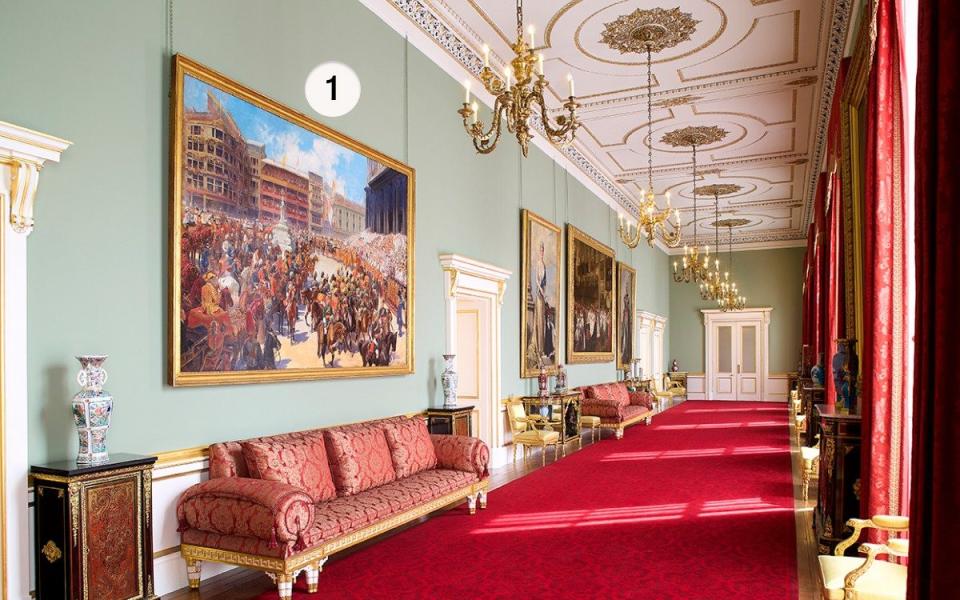
The corridor itself features almost 30 paintings by artists including Thomas Gainsborough, Sir Thomas Lawrence and Franz Xaver Winterhalter.
The paintings at the north end of the corridor are primarily portraits of Queen Victoria and her family, as well as scenes depicting important events in her life.
Among them is a painting called God Save the Queen, by John Charlton, which shows Queen Victoria arriving at St Paul’s Cathedral for her Diamond Jubilee Thanksgiving Service on June 22, 1897.
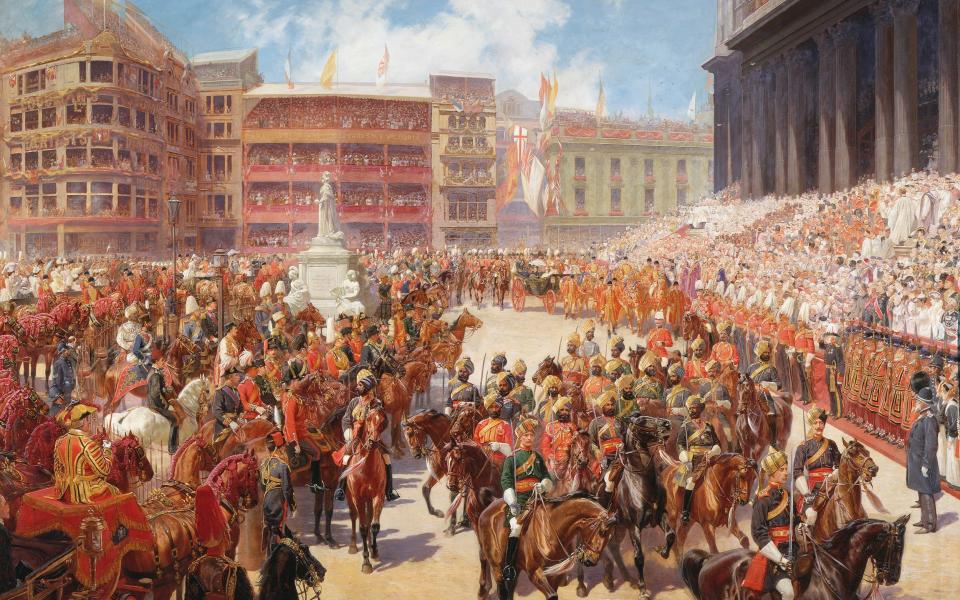

Yellow Drawing Room
At the southern end of the corridor is the Yellow Drawing Room, where Elizabeth II recorded her Christmas address to the nation in 2004.
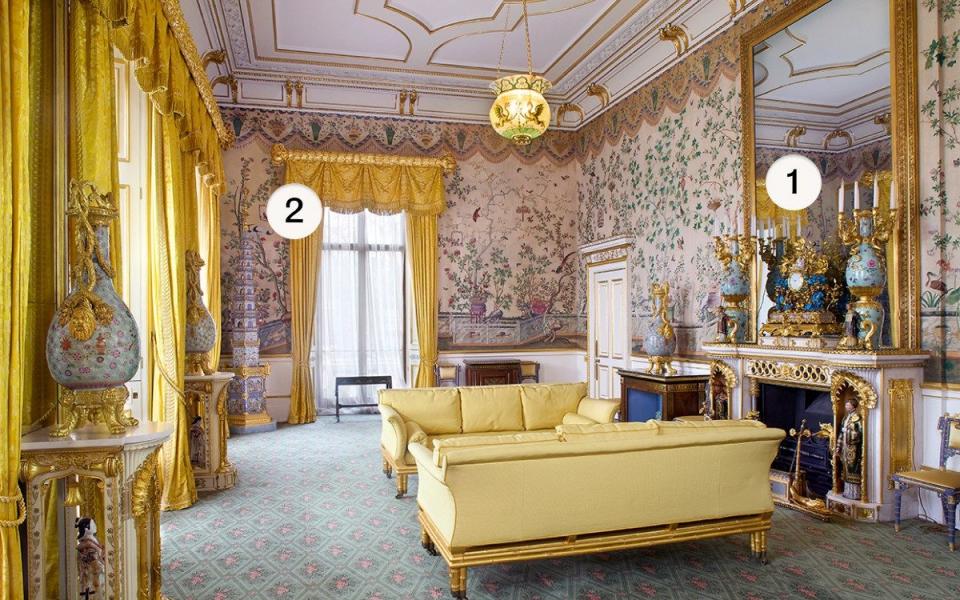
The room is decorated with recently restored Chinese hand-painted wallpaper from the 18th century.
Visitors will see two hexagonal, nine-tiered Chinese porcelain pagodas and the Kylin Clock, which incorporates two turquoise Chinese lions.
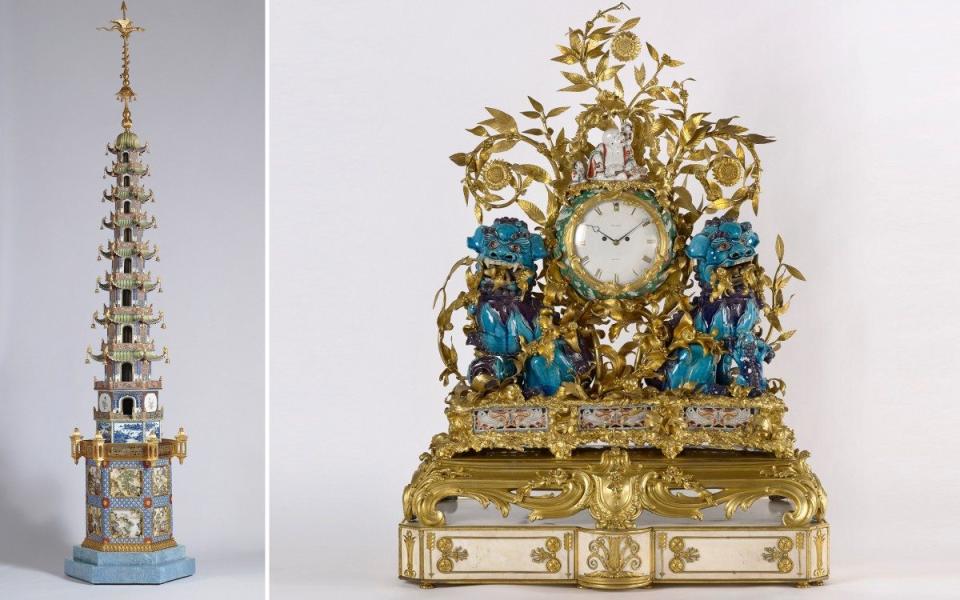
Centre Room
Halfway down the corridor, as its name suggests, is the Centre Room, which leads out onto the balcony.
The King chose this room to record his Christmas message last December.
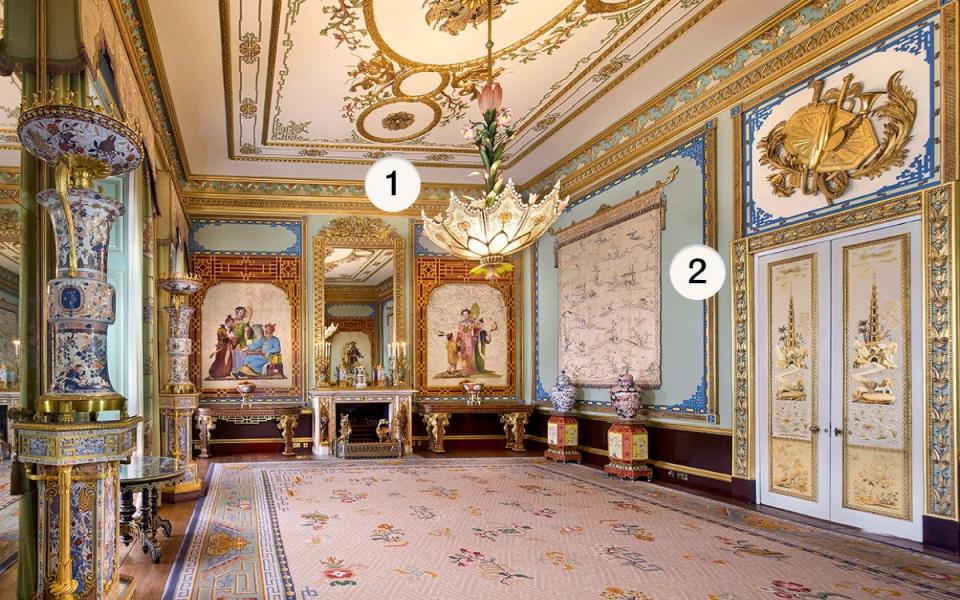
The room features a newly restored glass chandelier, shaped to resemble a lotus flower, as well as two Chinese 18th-century imperial silk wall hangings, presented to Queen Victoria by Guangxu, emperor of China, to mark her Diamond Jubilee in 1897.
There are also many Chinese porcelain vases, which were originally supplied to George IV in 1807.
Visitors will also see the Privy Purse entrance area, the Privy Purse staircase and a caged lift that dates from the early 1900s and carries the cypher of Edward VII.
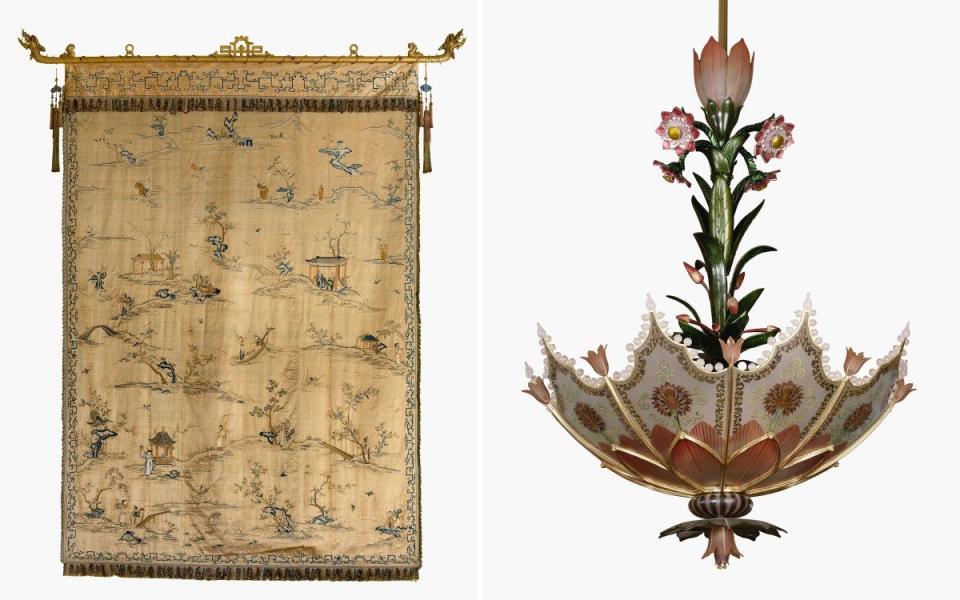
The East Wing
The East Wing itself was built between 1847 and 1849 after Queen Victoria commissioned the architect Edward Blore to draw up plans for alterations that would increase the accommodation for her growing family.
The building, enclosing what had previously been an open, horseshoe-shaped courtyard, was funded by the sale of the Royal Pavilion, George IV’s seaside retreat in Brighton, in 1850.
Many fine ceramics and furniture from the Pavilion, which reflected George IV’s love of Asian art and design, were transferred to the new wing and inspired the Chinese-themed décor of its principal rooms.
First occupied by Queen Victoria, Prince Albert and their children, it is still used by the Royal family for official meetings and events.
Two years of building work
The wing will be opened to the public following an extensive refurbishment programme that began in 2018.
The works are part of the 10-year Buckingham Palace reservicing programme to upgrade the historic building’s infrastructure, improve access and preserve it for future generations.
The current phase, which began last summer, involves the removal of about 70,000 objects from the North Wing, which was expected to take 18 months, before two years of building work.
Conversations about the prospect of guided tours in the East Wing began about two years ago, with sources revealing that it felt like a “good opportunity” to widen access as the newly refurbished rooms are “so beautiful”.
A limited number of East Wing Highlights Tours will run daily throughout July and August, beginning on July 15.
The tours must be booked in addition to the standard admission ticket to the State Rooms at Buckingham Palace, with the combined ticket costing £75.
Tickets will go on sale on April 9, with priority access given to Royal Collection Trust email subscribers before the remaining tickets go on general sale the following day.
Artwork and decorative arts
The palace will be open seven days a week throughout July and August for the first time since 2019, returning to five days a week in September.
The Royal Collection Trust looks after the artwork and decorative arts amassed by monarchs and manages the public openings of the King’s official residences
As a charity, it does not receive public money, funding its work through admission charges to the royal residences and other commercial activities.
Its finances were therefore severely affected by the lockdowns introduced during the coronavirus pandemic, reporting a £15 million deficit in the 2021-22 financial year.
However, last summer it emerged that the trust had returned to profit for the first time since the pandemic – generating £8 million of income during the previous financial year.

